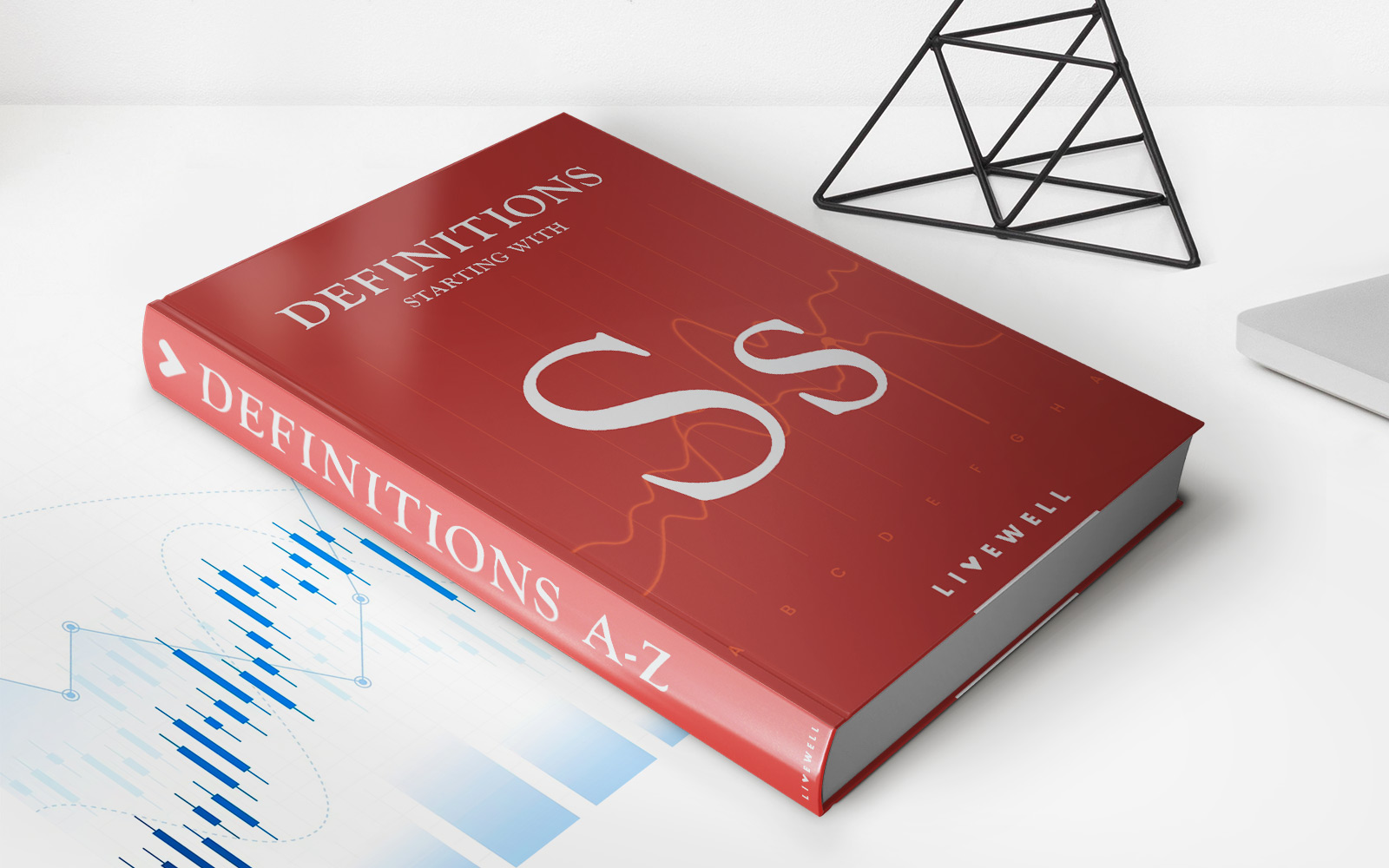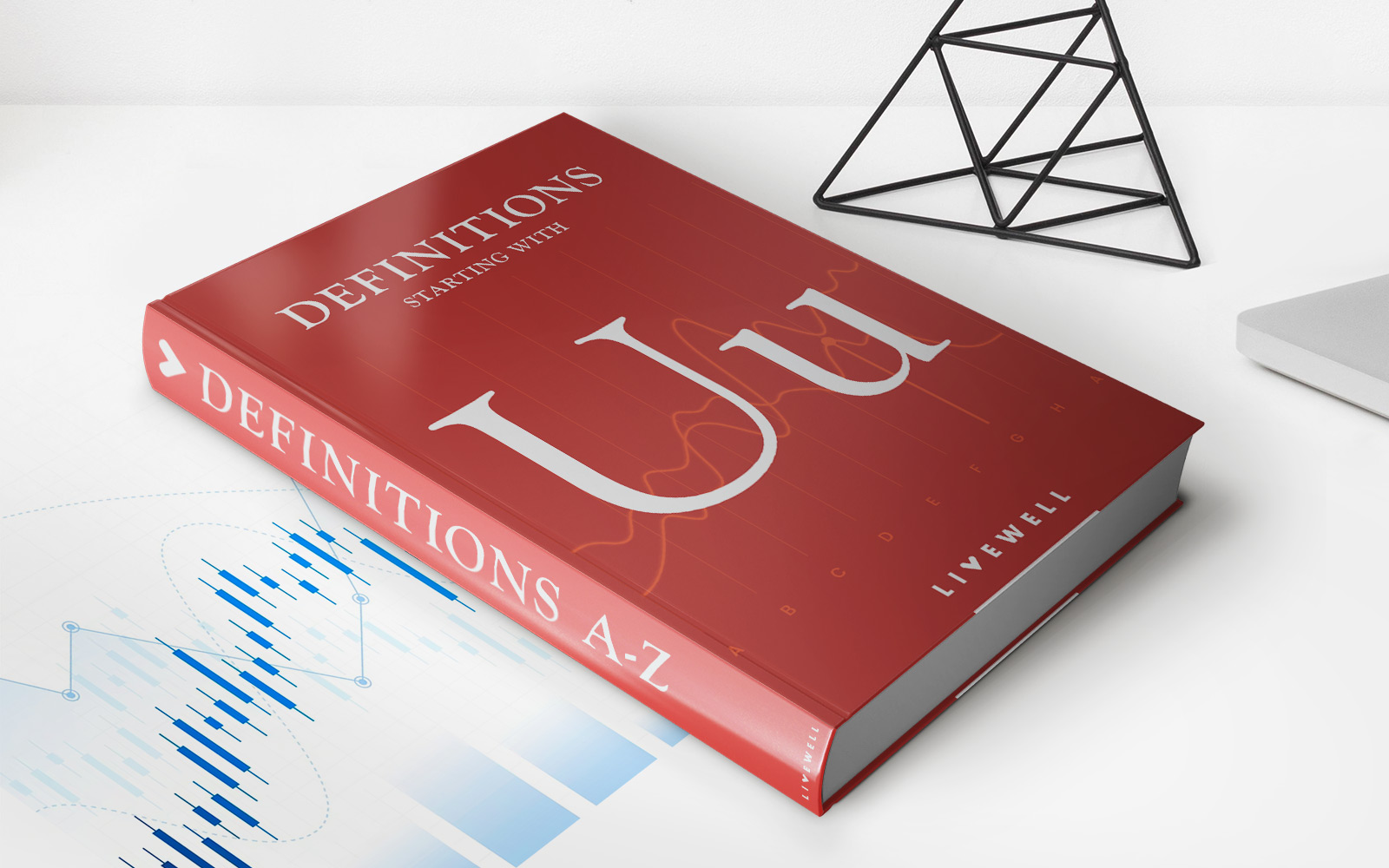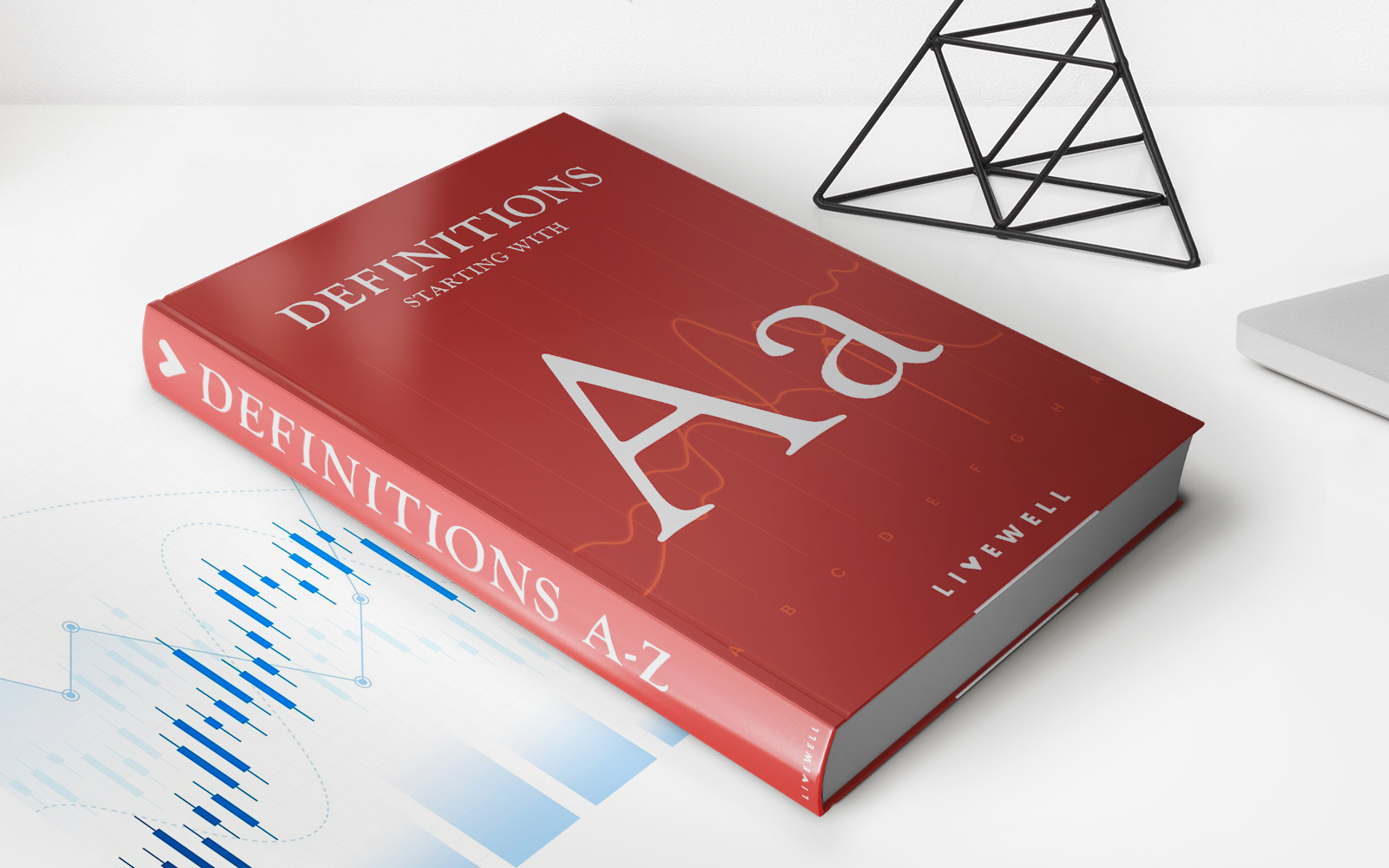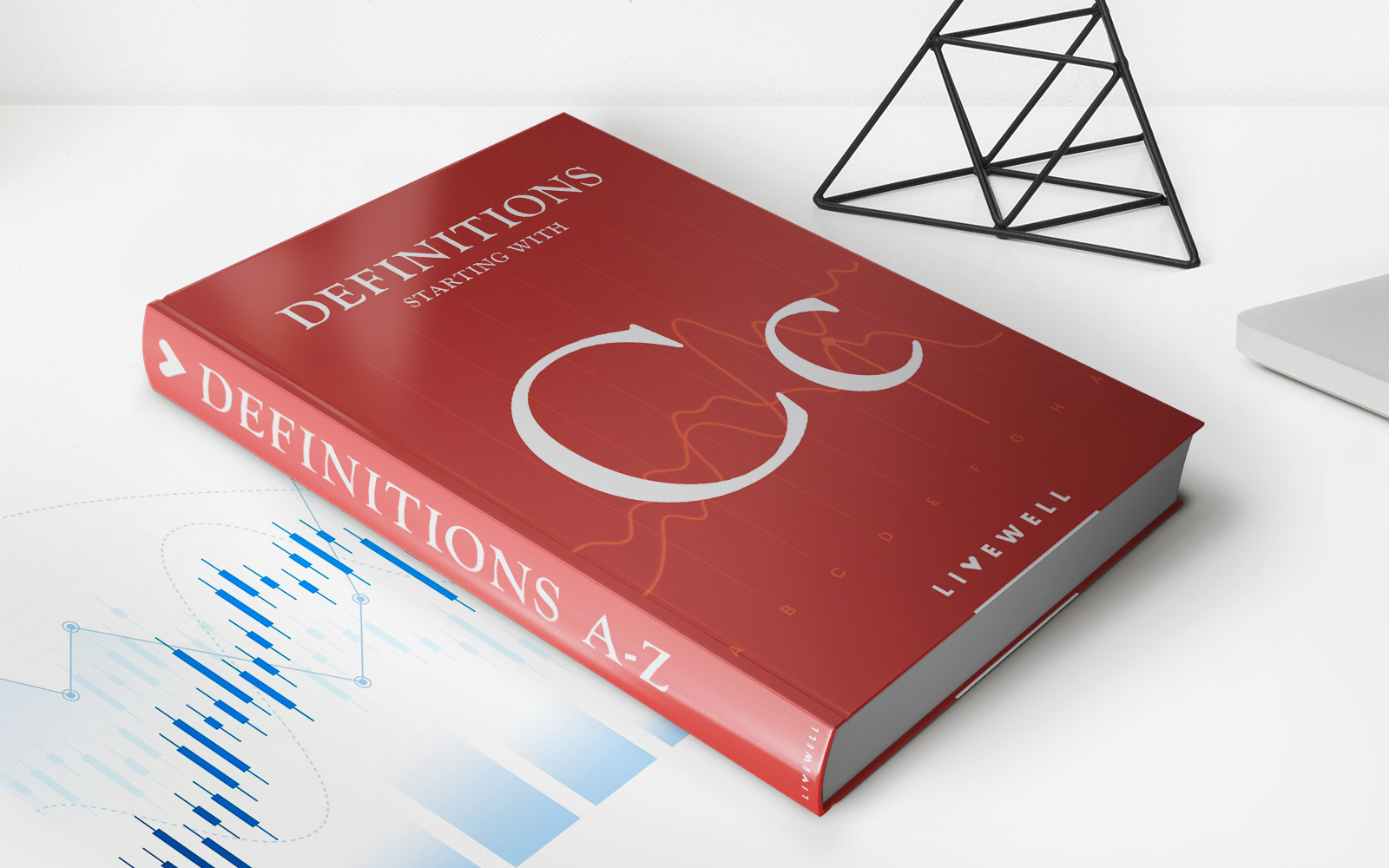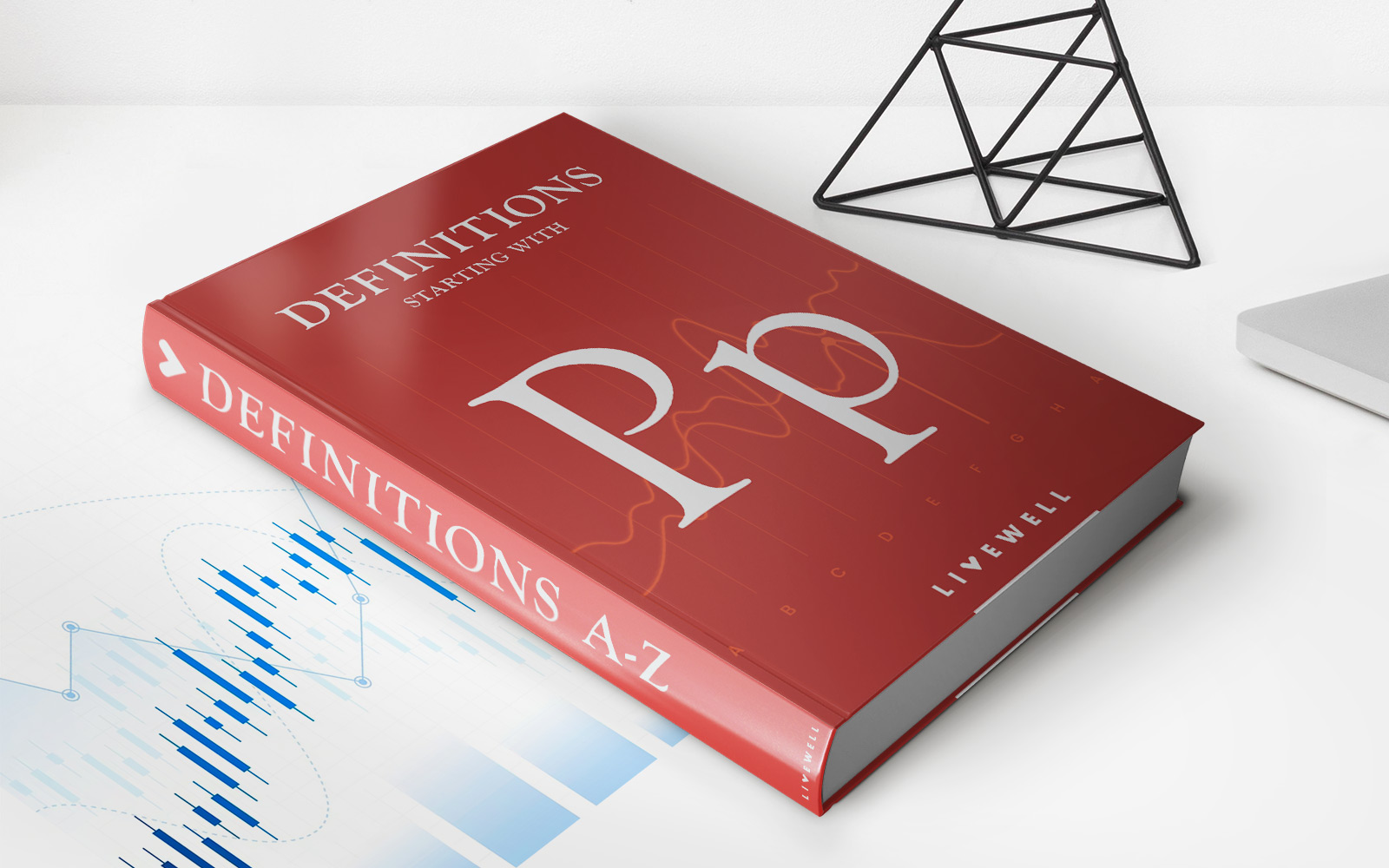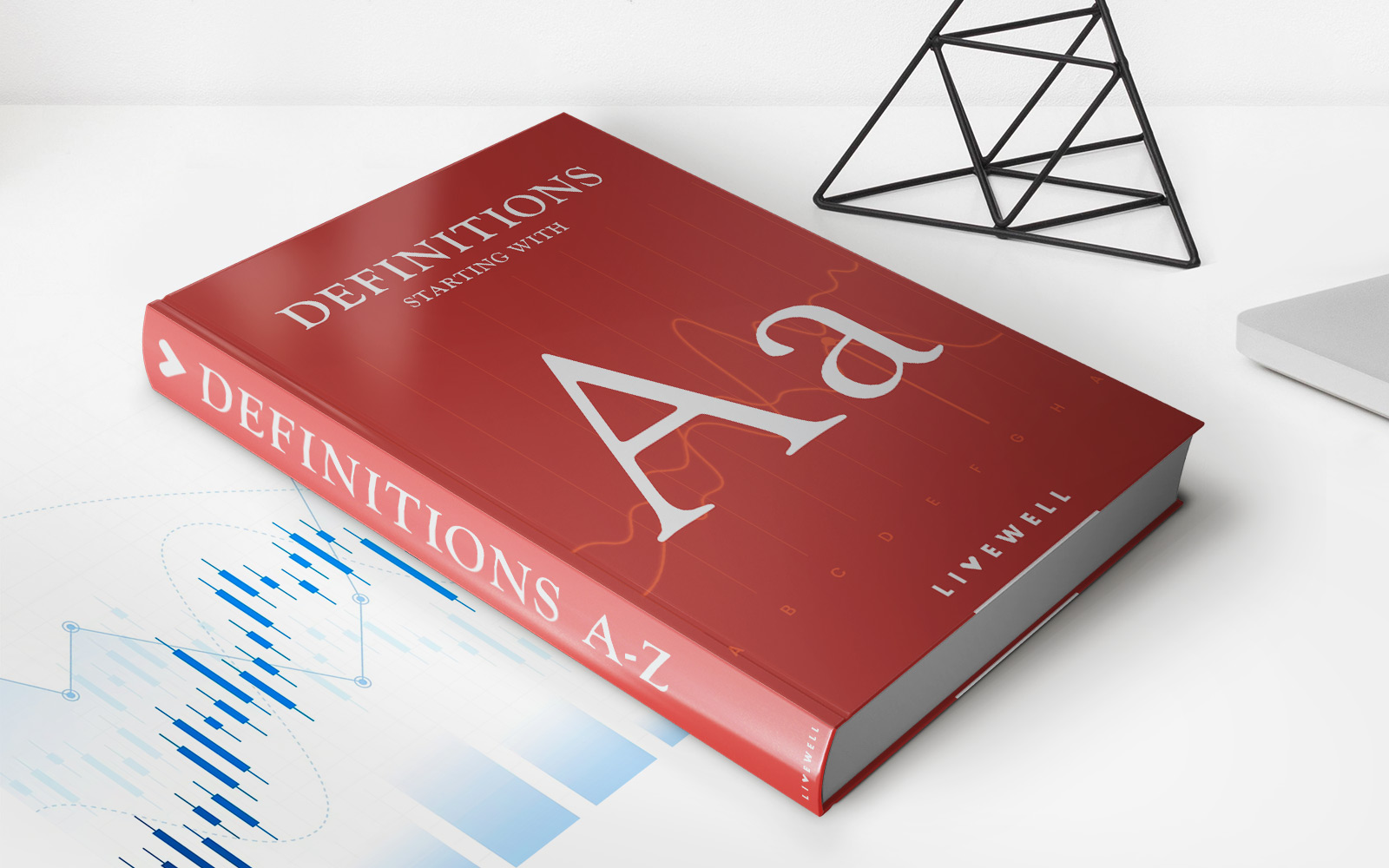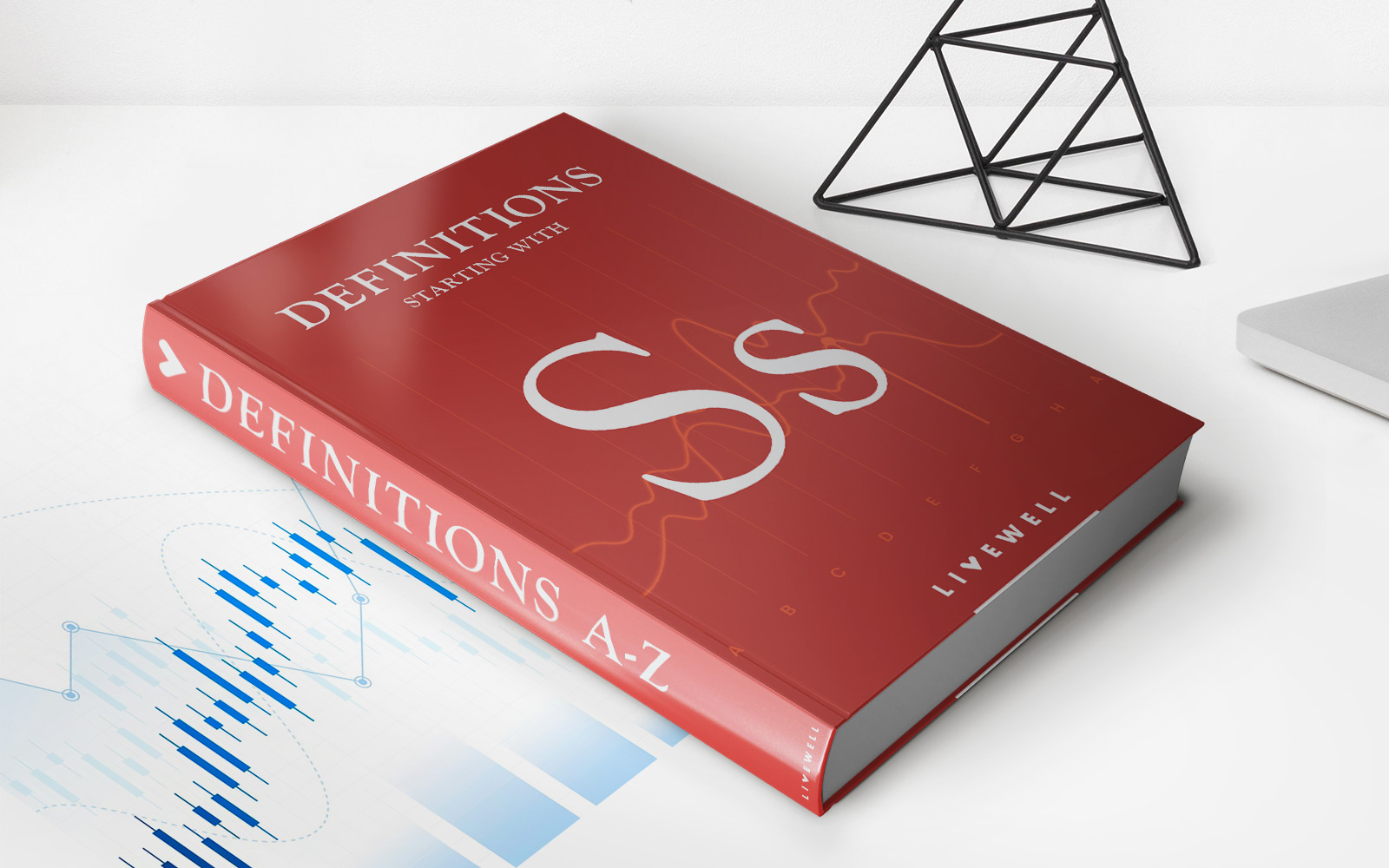Home>Finance>Advance/Decline Ratio (ADR): Definition, How It Works, Example
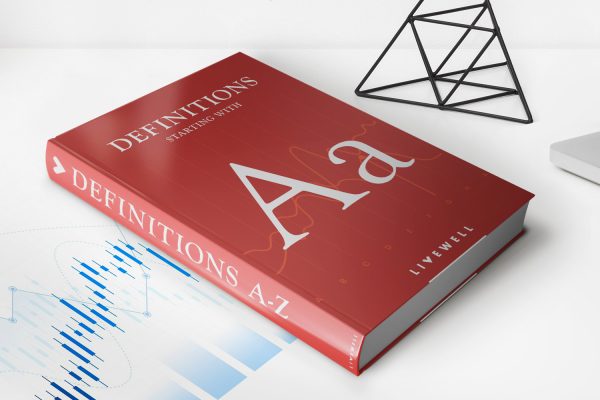
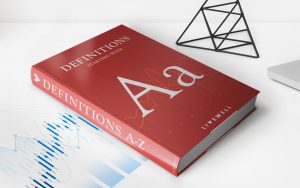
Finance
Advance/Decline Ratio (ADR): Definition, How It Works, Example
Modified: October 11, 2023
Learn about the Advance/Decline Ratio (ADR) in finance, its definition, how it works, and explore an example. Understand this crucial metric for analyzing market trends and making informed investment decisions.
(Many of the links in this article redirect to a specific reviewed product. Your purchase of these products through affiliate links helps to generate commission for LiveWell, at no extra cost. Learn more)
Unlocking the Power of Advance/Decline Ratio (ADR) in Finance
Are you looking to dive deeper into the world of finance? The Advance/Decline Ratio (ADR) is an essential concept to understand when it comes to evaluating market trends and investor sentiment. In this blog post, we will explore the definition, how it works, and provide an example to help you grasp this valuable tool. So, let’s jump right into it!
Key Takeaways:
- The Advance/Decline Ratio (ADR) is a market breadth indicator used to measure the momentum of a specific market or index.
- It calculates the number of advancing stocks (those that have increased in price) versus the number of declining stocks (those that have decreased in price).
What is the Advance/Decline Ratio (ADR)?
The Advance/Decline Ratio (ADR) is a powerful tool that financial analysts and investors use to gauge the overall health of a market or index. It is essentially a market breadth indicator that compares the number of advancing stocks to the number of declining stocks over a specific period of time.
By analyzing the ADR, investors can gain insights into whether a market is experiencing positive or negative momentum. This information is crucial for making informed decisions about buying or selling securities.
How Does the Advance/Decline Ratio (ADR) Work?
The calculation of the ADR is relatively straightforward. It involves counting the number of stocks that have advanced in price and dividing it by the number of stocks that have declined. The resulting ratio gives us a clear picture of the prevailing sentiment in the market.
When the ADR is above 1, it suggests that there are more advancing stocks than declining stocks, indicating a positive market sentiment. Conversely, an ADR below 1 indicates a negative sentiment, with more stocks declining than advancing.
For example, let’s say that in a given trading session, there were 80 advancing stocks and 40 declining stocks. In this case, the ADR would be calculated as follows:
ADR = Advancing Stocks / Declining Stocks
ADR = 80 / 40
ADR = 2
With an ADR of 2, we can conclude that the market sentiment is positive, as there are twice as many advancing stocks as declining stocks.
Putting the Advance/Decline Ratio (ADR) into Action
Now that we understand how the ADR works, let’s explore how it can be used in practice. Investors can utilize the ADR to:
- Identify market trends: By monitoring the ADR over an extended period, investors can identify long-term market trends. For example, a consistently high ADR may indicate a bullish market, while a consistently low ADR could signify a bearish market.
- Confirm divergence: Divergence occurs when the ADR and the market index show differing trends. This can be a warning sign of a potential market reversal or correction.
By incorporating the ADR into their analysis, investors can make more informed trading decisions and potentially benefit from market movements.
The Power of the Advance/Decline Ratio (ADR)
The Advance/Decline Ratio (ADR) is a valuable tool for understanding market sentiment and identifying trends. By analyzing the number of advancing and declining stocks, investors gain insights into the health of a market or index.
Remember, the ADR is just one of many indicators and should be used in conjunction with other tools and analysis methods to make well-rounded investment decisions.
So, the next time you’re delving into the world of finance, keep the ADR in mind. It can provide you with a valuable perspective on market momentum and potentially guide your investment strategy.
